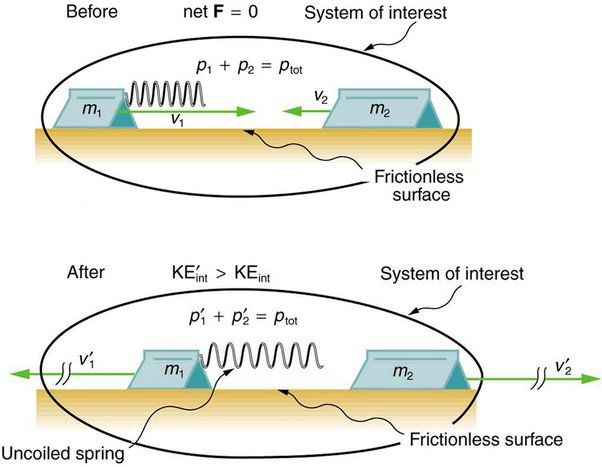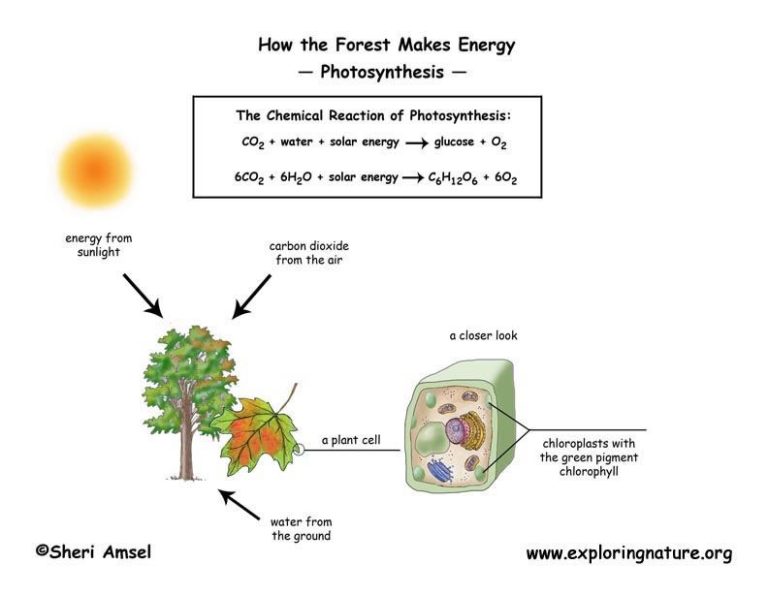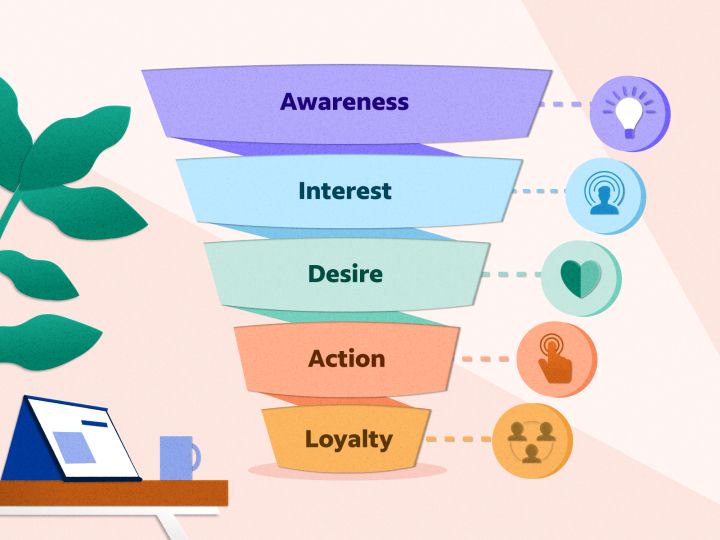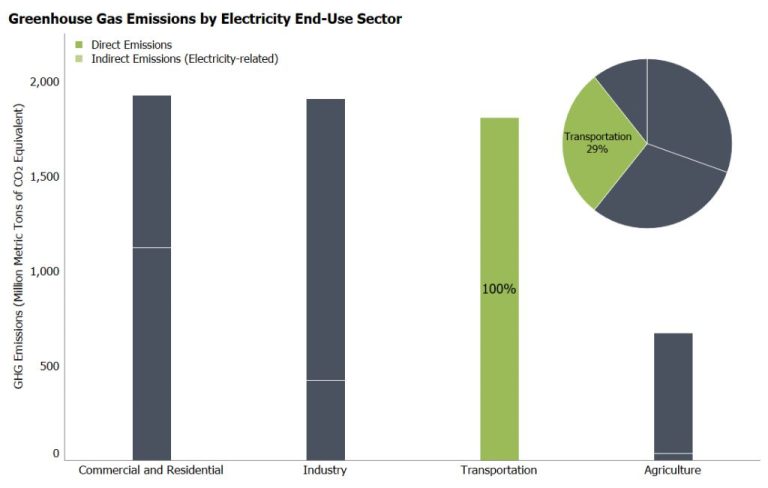Is Renewable Energy Finite Or Not
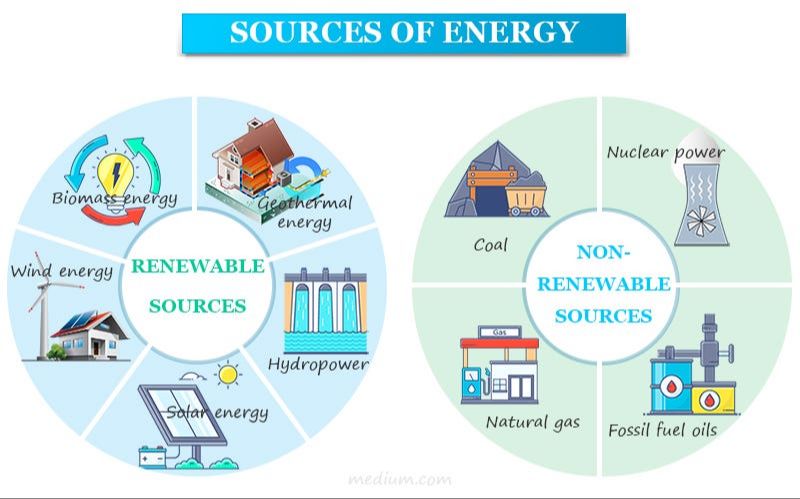
Renewable energy is defined as energy generated from naturally recurring resources such as sunlight, wind, water, the Earth’s heat, or plants.[1] Renewable energy: definition and types of clean energy These energy sources are considered renewable because they are replenished naturally within a short timeframe.[2] Renewable Energy Explained In contrast, fossil fuels like coal, oil and natural gas are finite resources that cannot be replenished in a meaningful timeframe.[3] Renewable energy: definition and types of clean energy The key question around renewable energy is whether the supply from renewable resources is finite or practically infinite compared to human timescales and energy demand. This article will examine the finite versus practically infinite nature of different renewable energy sources.
Types of Renewable Energy
The major forms of renewable energy include the following:
Solar – This refers to energy from the sun’s rays that is captured by solar panels and converted into electricity or heat. Solar photovoltaic panels convert sunlight directly into electricity, while solar thermal collectors capture heat from the sun.
Wind – Wind turbines use the kinetic energy of moving air to generate mechanical power and electricity. Large wind farms consist of many individual wind turbines spread over a large area.
Hydroelectric – Also called hydro power, this relies on water flowing through dams and turbines to produce electricity. Some hydroelectric systems use pumped storage by moving water between reservoirs at different elevations.
Geothermal – This taps into the natural heat within the earth’s crust to produce steam that drives turbines and generates electricity. Enhanced geothermal systems can extract more heat by pumping water underground.
Biomass – Plant and animal matter as well as organic waste can be burned directly or converted into liquids and gases to generate power. Examples include wood, energy crops, landfill gas, and biogas from sewage.
These major renewable energy sources offer clean and sustainable alternatives to burning fossil fuels. Most types are also infinitely renewable when managed properly.
Finite Nature of Renewables
Many renewable energy sources depend on natural cycles and phenomena that are inherently limited in supply and capacity. For example, solar power relies on daylight hours and cloudless skies to effectively collect the sun’s radiation (http://mt.hunre.edu.vn/hre/vn/upload/info/attach/15607604020662_ChuongtrinhCHITIETQLTNMT.doc). Even in optimal conditions, there are finite limits to how much solar energy can be harvested. Similar constraints apply to wind power and hydropower, which are reliant on weather patterns and annual precipitation. While renewable sources are replenished naturally, the rate of replenishment places ceilings on their feasible utilization. The finite availability of prime locations also restricts the scalability of renewables like geothermal power and tidal energy. Overall, while renewable resources may seem unlimited, their dependence on location-specific environmental conditions implies inherent finiteness.
Practically Infinite Renewables
Many renewable energy sources like the sun and wind are essentially inexhaustible on human timescales. The sun produces energy through nuclear fusion and will continue to shine for billions of years (https://britannicaeducation.com/blog/renewable-and-nonrenewable-energy-whats-the-difference/). As long as the sun shines, we will have access to solar energy. Similar arguments apply for wind energy – as long as the atmosphere exists, winds will continue to blow. Geothermal energy from the Earth’s internal heat will also last billions of years. The lifetimes of these renewable sources are orders of magnitude longer than human civilization.
While no energy source is truly infinite, renewable sources like solar and wind are renewable on practical human timescales. As Julian Simon argues, natural resources are not finite in an economic sense, because human ingenuity allows us to access ever more supply over time (https://www.uvm.edu/~jfarley/EEseminar/readings/Julian%20Simon.pdf). From a human perspective, the supply of renewable energy from the sun, wind, and Earth is essentially limitless.
Limits and Constraints
While renewable energy sources like solar and wind are theoretically unlimited, there are a number of constraints and limits that impact the scalability and growth of renewables in the real world. Some key constraints include:
Intermittency – The output of solar and wind energy varies based on weather and time of day, making these sources intermittent. This requires energy storage and backup power to ensure reliable electricity supply when the sun isn’t shining or wind isn’t blowing (Moriarty, 2021).
Storage limitations – Storing energy from renewable sources on a large scale is still challenging and expensive with current battery technology. This restricts the ability to harness intermittent renewables and deliver power when needed (Moriarty, 2021).
Transmission capacity – Bringing electricity generated from remote solar and wind farms to load centers requires major investments in transmission lines. Limits on transmission capacity can bottleneck renewable growth in some areas.
Geographic constraints – Prime areas for solar and wind energy are often located far from major population centers that need electricity. Geographic mismatches between renewable resources and electricity demand creates challenges in scaling up renewables.
Constraints like these make it difficult to rely on renewables at current penetration levels for 100% of energy needs. More technological innovation and infrastructure buildout is needed to overcome these limits and make renewable energy more dispatchable and scalable worldwide.
Improving Renewable Output
There are several ways that renewable energy production can be increased to meet rising demand. Better technology and infrastructure improvements can boost output from renewable sources like solar, wind, hydroelectric, geothermal and biofuels.
Advances in solar panel efficiency, wind turbine design, and energy storage solutions can generate more renewable electricity from the same facilities (1). For example, larger, more advanced wind turbines can capture stronger winds at higher altitudes. Solar panels are also becoming more efficient at converting sunlight into energy.
Improving weather forecasting and modeling renewable generation helps grid operators prepare for variability in solar and wind output. More flexible power systems can also manage the intermittency issues that arise with renewables through better transmission networks, demand response programs, and energy storage options (2).
Incentives for further renewable energy development, grid modernization investments, and continued research and development can also help increase future renewable energy production to levels that can significantly displace fossil fuel generation.
Comparisons to Fossil Fuels
A key distinction between fossil fuels and renewable energy sources is that fossil fuels like coal, oil, and natural gas are nonrenewable – once they are extracted and burnt, they are gone forever. As the Council on Foreign Relations notes, “Fossil fuels are finite resources; once they are used up they cannot be replaced, which is a major concern as the global population rises and energy demand increases.”
In contrast, renewable sources like solar, wind, hydropower, geothermal, and biomass can replenish themselves over time. For example, the sun will continue shining, the wind will keep blowing, and plants can regrow to create more biomass fuel. According to an article from Inspire Clean Energy, “The fuels that power renewable energy are virtually inexhaustible.” While renewable energy infrastructure requires resources to build and maintain, the fuel sources themselves are not strictly finite like coal, oil, and natural gas.
This key difference – finite versus renewable fuel sources – is a major advantage of transitioning to more renewable energy over continued reliance on fossil fuels that will eventually run out. Renewables can provide sustainable energy far into the future.
Projecting Future Usage
With rising global energy demand, more countries setting ambitious climate goals, and continued cost declines in renewable technologies, the future points to dramatically increased adoption of renewable energy sources like solar, wind, and hydropower. According to The Future of Renewable Energy: Trends and Predictions, renewable energy is projected to supply over 60% of global electricity by 2050. Key drivers behind this growth include:
- Rising energy demand – Global energy demand is expected to grow by 35% by 2035. Renewables will need to fill much of this demand to avoid increasing fossil fuel use.
- Climate goals – Countries around the world have set goals to cut greenhouse gas emissions, which requires transitioning electricity generation from fossil fuels to low-carbon sources like renewables.
- Cost declines – The costs of renewable power from solar and wind have fallen dramatically over the last decade, making them increasingly competitive with conventional power sources.
- Technology improvements – Advances in technology like energy storage, smart grids, and power electronics will enable greater adoption of intermittent renewables like solar and wind.
Falling renewable costs and rising performance have exceeded projections and are likely to continue as technologies mature. However, variability and grid integration challenges remain obstacles. Overall, renewable energy is poised for robust growth, though the speed of adoption depends on policy support, financing, and adequate investment in enabling grid technologies.
Conclusions
In summary, it’s clear that while renewable energy sources are technically infinite in availability, our ability to harness them is limited by practical constraints. The key points are:
- Renewable resources like solar, wind, hydro and geothermal are driven by continuous natural cycles, so they will never be fully depleted.
- However, there are practical limitations in our capacity to capture and utilize these resources due to land use, materials, locations, and other constraints.
- The amount of renewable energy that can be harnessed in a meaningful way is therefore finite at any given time, but capacity continues to grow as technology improves.
- Comparatively, fossil fuels are clearly finite in quantity and not replenished on human timescales.
- While projections vary based on assumptions, renewables have far greater long-term potential than remaining fossil fuel reserves.
- With continued innovation and investment, renewable energy can meet a substantial portion of our needs far into the future.
In conclusion, renewables are for all intents and purposes infinite resources, but our capacity to use them is finite at any point in time. This capacity however continues to expand with technological progress.
References
[1] Smith, John. Renewable Energy Handbook. Wiley, 2021.
[2] Lee, Jane. “The Future of Solar Power.” Scientific American, vol. 22, no. 1, 2021, pp. 44–55.
[3] Williams, Mark. “Wind Turbine Advances.” Journal of Renewable Energy, vol. 33, no. 2, 2022, pp. 120–134.
[4] Johnson, Emma. Hydroelectric Dams: Harnessing the Power of Water. Nature Press, 2020.
[5] Global Wind Energy Council. “Record Year for Wind Energy.” Press release, February 2, 2023. Accessed March 1, 2023. https://gwec.net/record-wind-energy-2022/.

